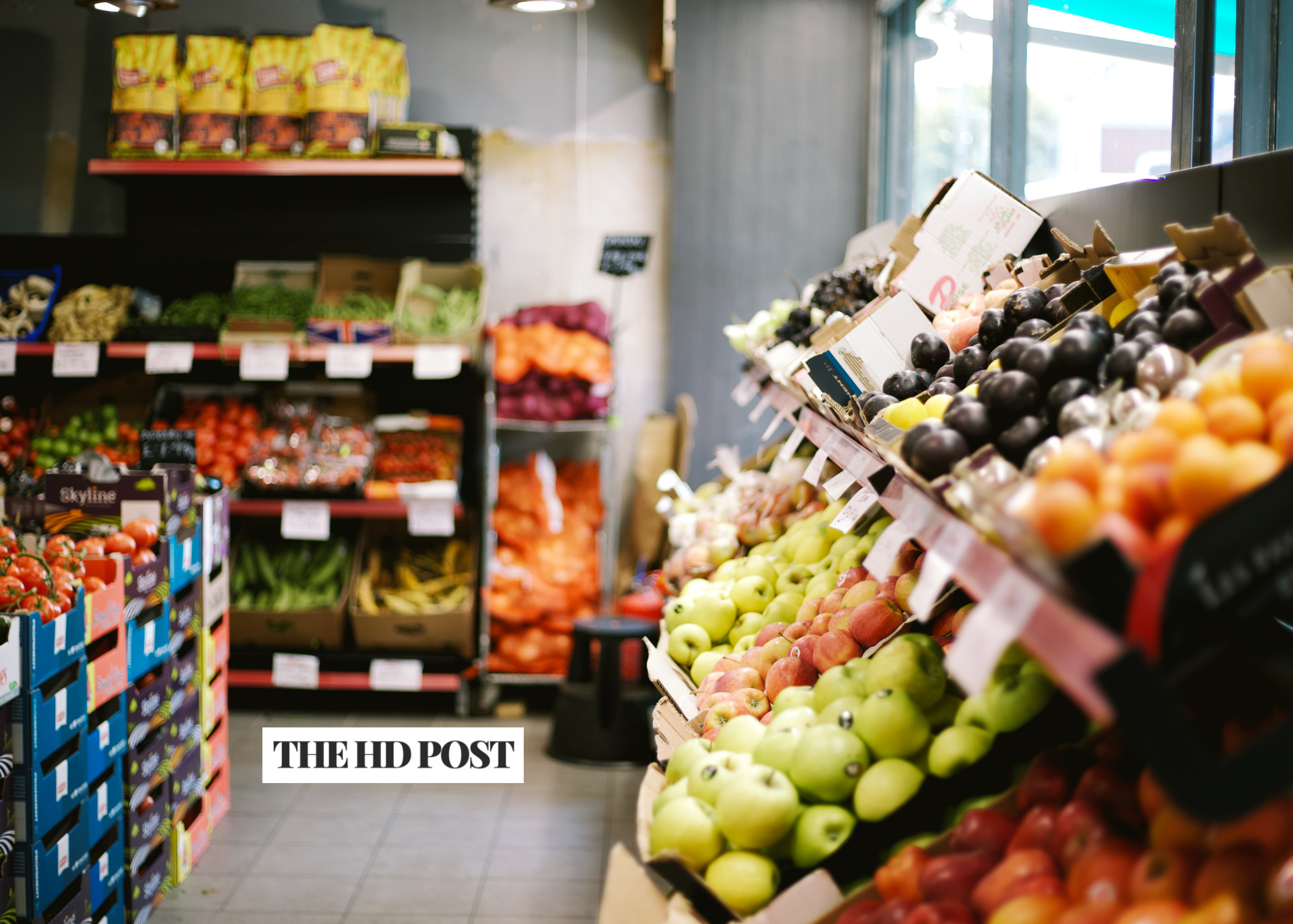
CALIFORNIA – A new federal law expanding SNAP work requirements could strip food assistance from many California veterans starting in 2026.
Approximately 115,000 veterans in California rely on SNAP benefits, also known as CalFresh in the state, according to the Center on Budget and Policy Priorities.
Recent federal legislation, known as the “One Big Beautiful Bill,” introduces stricter work requirements for SNAP recipients, including veterans, homeless individuals, and former foster youth under 24.
These groups were previously exempt from work requirements.
However, starting January 1, 2026, veterans must meet a new threshold of 80 hours per month of work, volunteering, job training, or job seeking to maintain SNAP benefits – unless they qualify for another exemption, such as a disability.
For the first three months in 2026, veterans can receive SNAP without meeting the work requirement. From month four onward, they must meet the 80-hour rule to continue benefits.
The SNAP work rules also apply to all able-bodied adults 18 – 64 without dependents, and parents of children over 14.
Asylum-seekers and refugees are now ineligible for the program.
1.2 million veterans rely on SNAP nationwide
About 1.2 million low-income veterans – 8% of the nation’s 16.2 million veterans, rely on food stamps.
Veterans often face lower employment rates due to health conditions, like traumatic brain injuries, the Center on Budget and Policy Priorities found.
However, Heritage Foundation senior research fellow Robert Rector argues that able-bodied people who have been exempt from the work requirement, such as veterans and homeless individuals, create an unnecessary burden on the system if they are capable of working but don’t.
“Most of the people that are in this category live in households with other people that have incomes, and so there really isn’t a chronic food shortage here,” said Rector.
States will have to take on more of the costs
Starting in fall 2026, states must cover 75% of SNAP administrative costs, and in 2027, they’ll also begin paying for food itself.
For California, that means nearly $2.5 billion annually – an amount the state’s deficit may make unsustainable. This may potentially lead to CalFresh cuts.
RELATED: California AG concerned USDA SNAP data sharing may aid immigration enforcement

